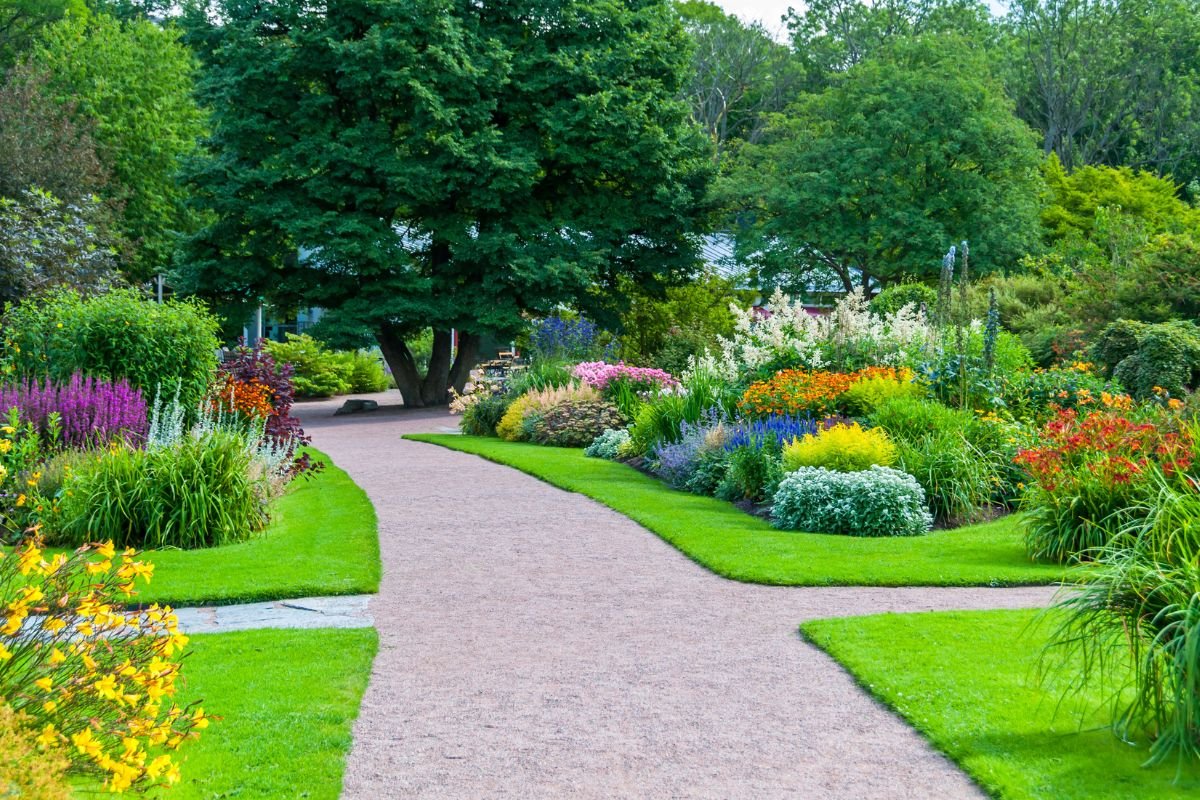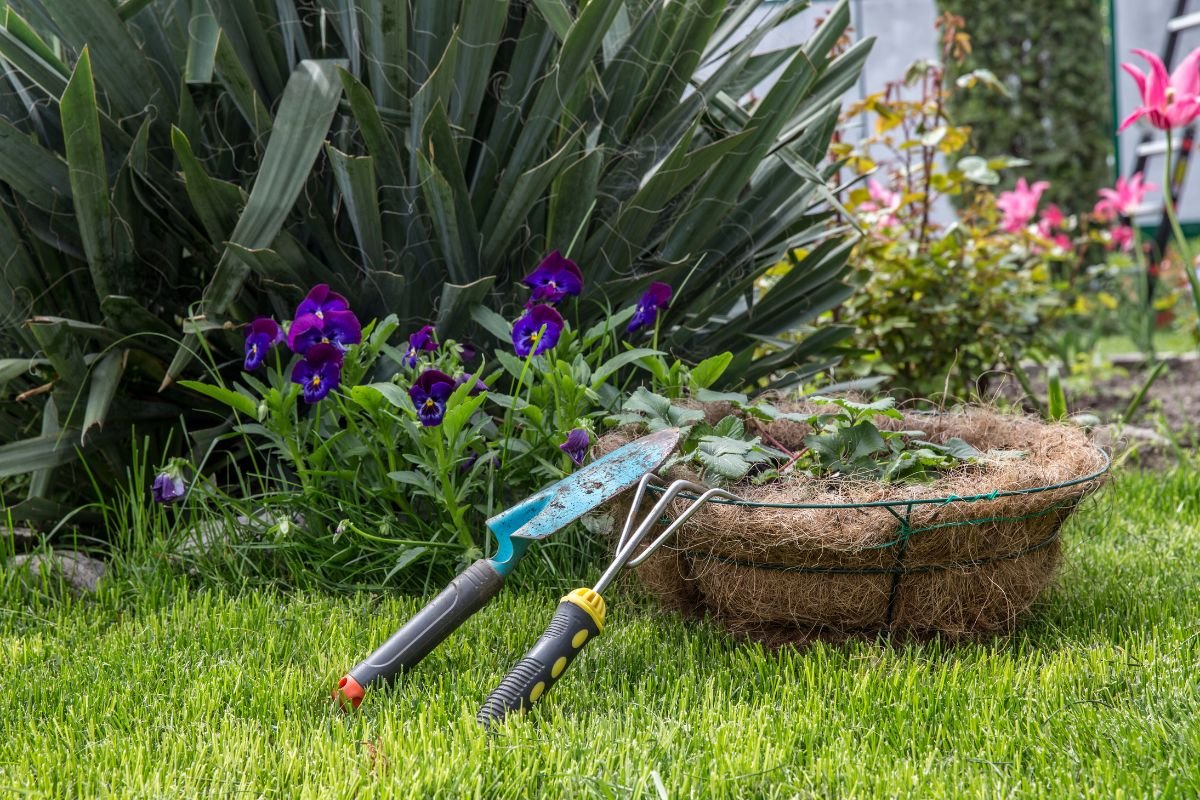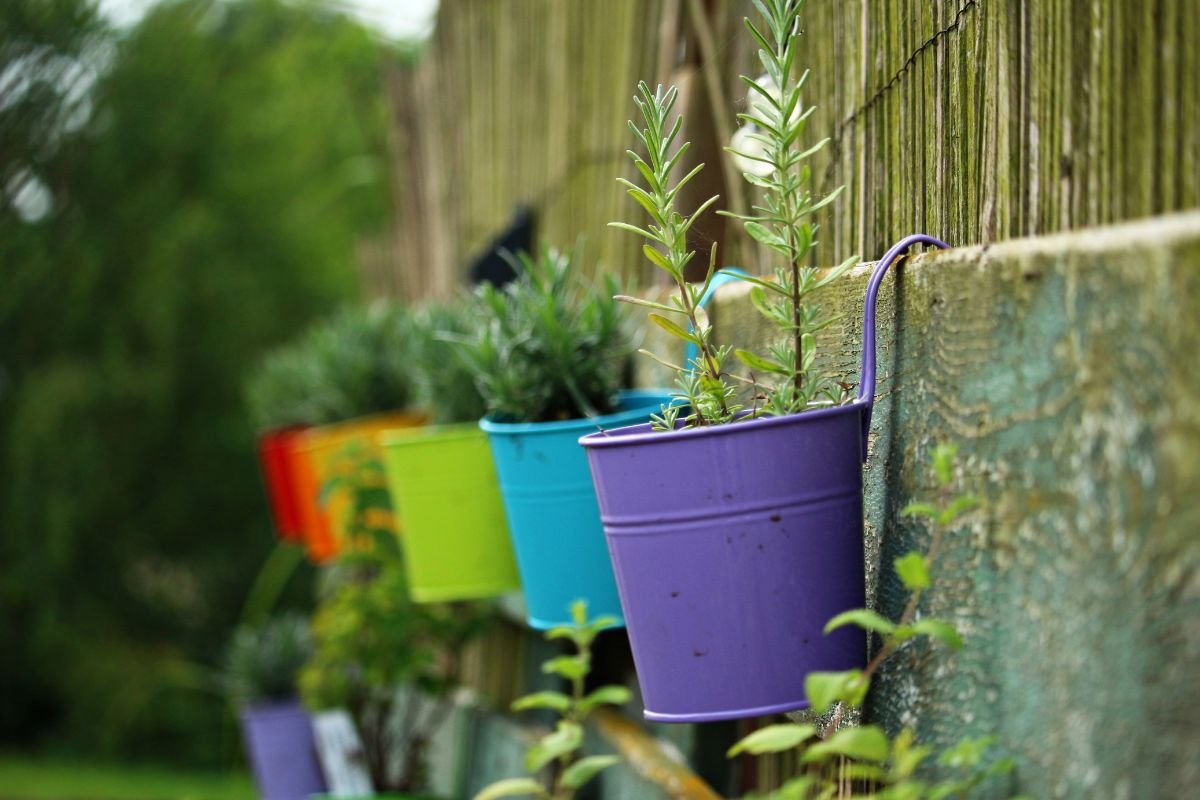Many passionate gardeners and homeowners dream of having a garden that stops people in their tracks when they see it. They know their gardens bring them joy but want others to experience the same joy and happiness.
Creating a beautiful garden takes creativity, effort, and hard work, but you might be well on your way to achieving perfection when you draw inspiration from some of the most beautiful gardens in the world.
Shinjuku Gyo-en – Tokyo, Japan
The Shinjuku Gyo-en park and garden in Tokyo’s Shinjuku and Shibuya is enough to take any passionate gardener’s breath away. It’s a national park under the Ministry of theEnvironment’s jurisdiction and a source of pride for many locals.
This park spans 58.3 hectares with 20,000 trees, 1,500 subtropical and tropical plants, and a combination of three garden styles: English Landscape, French Formal, and Japanese Traditional. You’ll definitely want to visit this garden during spring to see the 1,500 cherry trees in full bloom from late March to early April.
Monet’s Gardens – Giverny, France
Sometimes, pictures just aren’t enough. And that’s certainly the case with Monet’s Gardens in Giverny, France. These gardens are at Claude Monet’s home and give real meaning to the saying ‘as pretty as a picture’.
The gardens are just a short train trip from Paris and are split into two parts: the Clos Normand flower garden and a Japanese-inspired water garden.
Butchart Gardens – British Columbia, Canada
After visiting the privately owned and operated Butchart Gardens in British Columbia, Canada, you won’t question why more than one million people visit them yearly. They are simply spectacular.
These 22-hectare gardens, which are a National Historic Site of Canada, are home to more than 900 plant varieties blooming from March to October. The kaleidoscope of colours is enough to take your breath away.
Gardens by the Bay - Singapore
There is plenty to see, do, and experience in Singapore, so a garden might be one of the last places you think to visit. However, the Gardens by the Bay nature park in Singapore’s central region is truly something special.
Since 2018, it has seen more than 50 million visitors across the 101-hectare site, with avid gardeners amazed by the three waterfront gardens, supertrees, the world’s largest glass greenhouse, and a cloud forest.
Parco San Grato – Lugano, Switzerland
San Grato Park, also known as Parco San Grato, is a gorgeous park between San Salvatore and Monte Arbostora, spanning 200,000m2 and extending 690m above sea level. This park is home to the largest collection of conifers, azaleas, and rhododendrons in the region and has five themed trails for visitors to enjoy.
Feel a sense of whimsy on the fairy-tale path or be inspired on the artistic trail. There is also a botanical, relaxation, and scenic path for visitors to meander down and equipped grilling areas, should you decide to stop for a bite to eat while exploring the park.
New York Botanical Garden – New York, USA
If you love roses and want inspiration for how they can look in your garden, visit the New York Botanical Garden in Bronx Park, New York.
The New York Botanical Garden has over one million living plants, including over 650 rose varieties within the famous Peggy Rockefeller Rose Garden. You’ll also enjoy 20 hectares of woodlands, an azalea garden, and a lovely wetland trail.
Château de Villandry – Villandry, France
How many homeowners could say that their gardens have been around since the Renaissance period? Well, that’s the truth about the gardens of Villandry in Villandry, France. The Château has had gardens for hundreds of years, with the style changing ever so slightly as the years passed.
They were of a Renaissance style during the 16th century and French style in the 18th century before becoming a gorgeous landscaped park during the 19th century. After being purchased by Joachim Carvallo in the 20th century, the gardens were redesigned to incorporate both traditional and modern designs.
Las Pozas - Mexico
If you’ve ever wanted to feel like you’re the king or queen of the jungle, pay a visit to Las Pozas in Mexico. Las Pozas is positioned in a subtropical rainforest in Mexico’s Sierra Gorda mountains, more than 600m above sea level.
When you visit, you’ll enjoy more than 32 hectares of natural waterfalls, pools, and towering concrete sculptures.
Crathes Castle – Scotland
While you might visit Crathes Castle in Scotland to see the beautiful 16th-century painted ceilings, turrets, and gargoyles, you’ll definitely stay for the impressive gardens and great yew hedges. The Crathes Castle, Garden, and Estate has historic walled gardens with yew hedges planted as far back as 1702.
You’ll also see plenty of wildlife as you explore the grounds, like roe deer, buzzards, red squirrels, and woodpeckers.
Nong Nooch Tropical Garden – Na Chom Thian, Thailand
The Nong Nooch Tropical Garden in Thailand’s Chonburi province is easily one of the most beautiful gardens in the world. The garden spans 242 hectares and was originally purchased to become a fruit plantation.
However, the plans changed, and it became a wildlife conservation project. Now, visitors get to enjoy nine different garden areas with various themes like Stonehenge, French, and Flower Valley.








































